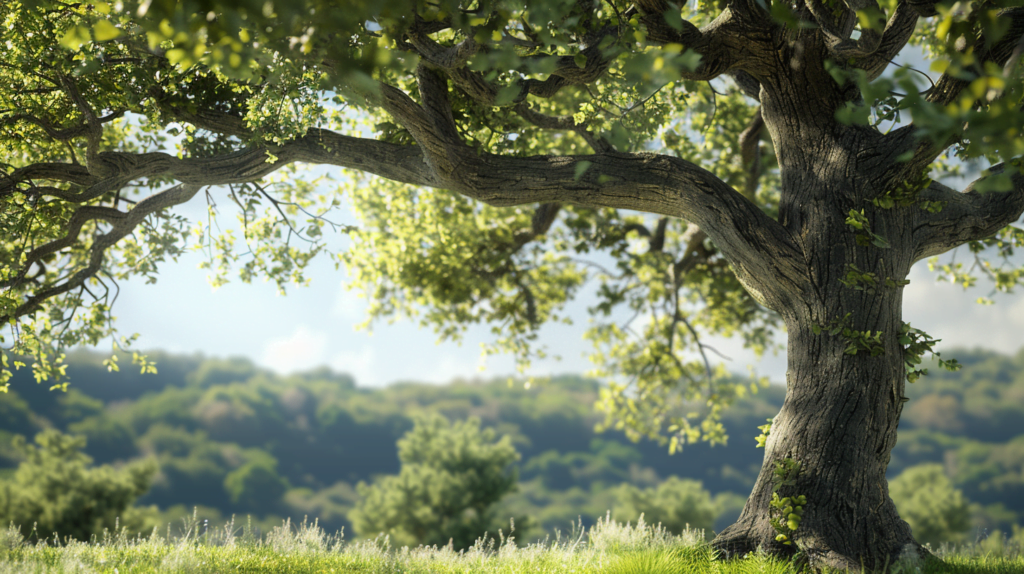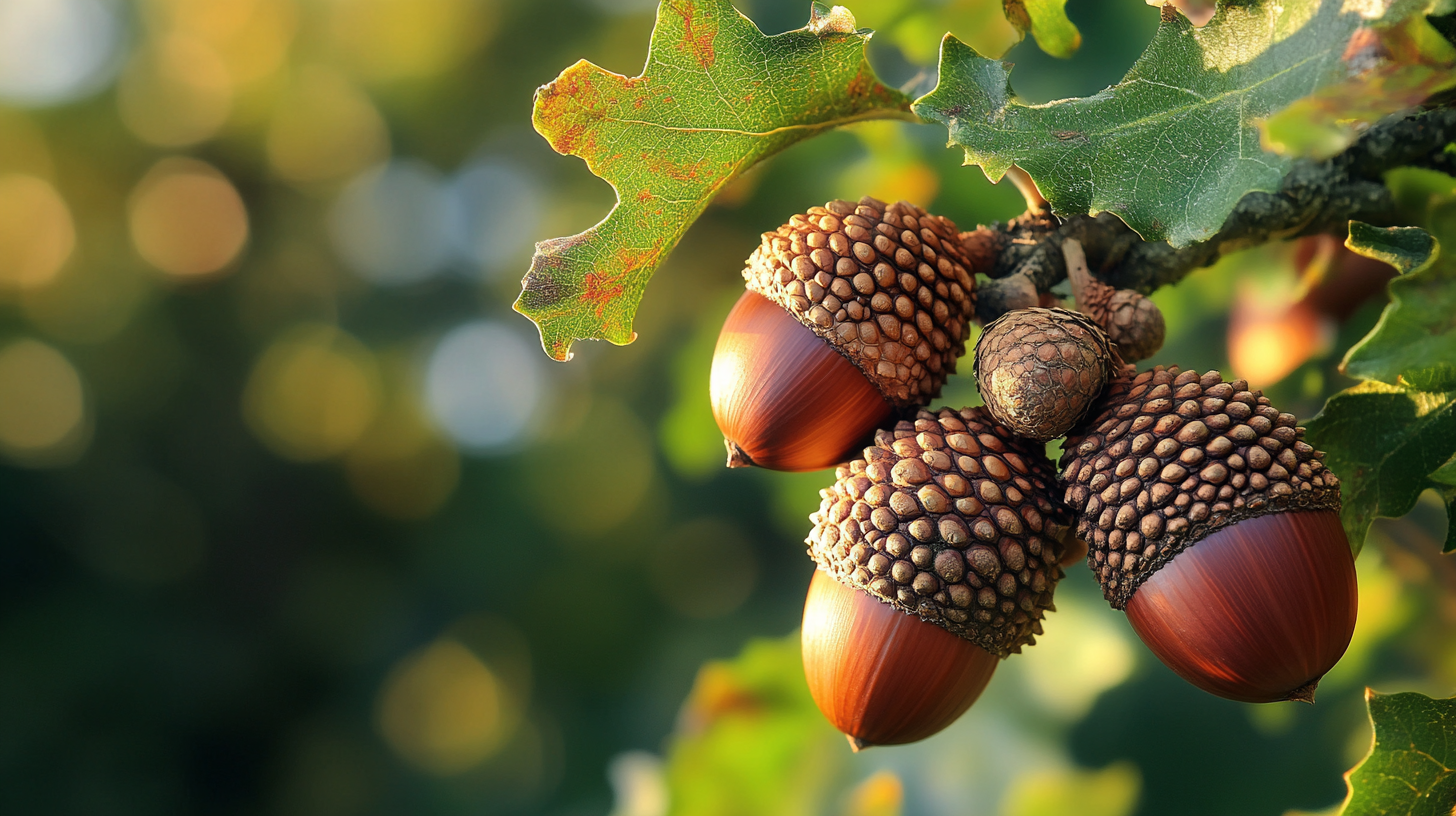Table of Contents
Why Prune Oak Trees?
Pruning oak trees is an essential part of their maintenance and care. Not only does it enhance their appearance, but it also promotes healthy growth, improves air circulation and sunlight penetration, reduces the risk of disease and pests, and increases property value. Pruning oak trees is a delicate process that requires careful consideration and attention to detail. In this article, we will explore the best practices for pruning oak trees, including when to prune, how to prune, and special considerations to keep in mind.
The Benefits of Pruning Oak Trees
Pruning oak trees offers numerous benefits, including:
- Promoting healthy growth: Pruning helps to remove dead, diseased, or damaged branches, which can prevent the spread of disease and encourage healthy growth.
- Enhancing appearance: Pruning can help to maintain a tree’s natural shape, improve its aesthetic appeal, and increase its value.
- Improving air circulation and sunlight penetration: Pruning can help to thin out dense foliage, allowing for better air circulation and sunlight penetration, which can improve the overall health of the tree.
- Reducing risk of disease and pests: Pruning can help to remove branches that are infected with disease or infested with pests, reducing the risk of further infection.
- Increasing property value: A well-maintained oak tree can significantly increase property value, making it a valuable investment for homeowners.
When to Trim Oak Trees
The timing of pruning oak trees is crucial. Pruning at the wrong time can cause more harm than good, so it’s essential to understand the best times to prune.
The Best Time to Trim Oak Trees
The best time to prune oak trees depends on the reason for pruning. If you’re pruning for disease prevention, the best time is during the dormant season (winter or early spring). This helps to prevent the spread of disease, as the tree is less active during this time. If you’re pruning for aesthetic purposes, the best time is during the growing season (spring or summer). This allows you to see the tree’s natural shape and make adjustments accordingly.
Avoiding Active Growth Periods
It’s essential to avoid pruning during active growth periods, as this can cause stress to the tree. Active growth periods typically occur in the spring and summer, when the tree is producing new leaves and growth. Pruning during this time can cause the tree to become stressed, making it more susceptible to disease and pests.
Pruning for Specific Purposes
Different pruning techniques are used for different purposes. For example, thinning cuts are used to reduce the density of the tree’s foliage, while reduction cuts are used to reduce the size of the tree. Heading cuts are used to control the shape and size of the tree, while ** renewal pruning** is used to rejuvenate an older tree.
How to Trim Oak Trees
Pruning oak trees requires the right tools and techniques. Here’s a step-by-step guide to get you started:
A Step-by-Step Guide to Trimming Oak Trees
Tools and Equipment
Before you start pruning, make sure you have the right tools and equipment. You’ll need:
- Pruning saw: A sharp, clean pruning saw is essential for making clean cuts.
- Loppers: Loppers are used for thicker branches that are out of reach.
- Pruning shears: Pruning shears are used for smaller branches and stems.
- Gloves: Gloves protect your hands from thorns and sap.
- Safety glasses: Safety glasses protect your eyes from debris.
Identifying Branches to Prune
When identifying branches to prune, look for:
- Dead, diseased, or damaged branches: These branches should be removed to prevent the spread of disease and encourage healthy growth.
- Crossing branches: Branches that are crossing or rubbing against each other should be removed to improve air circulation and reduce the risk of disease.
- Weak or spindly growth: Weak or spindly growth should be removed to promote healthy growth and improve the tree’s structure.
Pruning Techniques
When pruning, make sure to:
- Make clean cuts: Clean cuts help the tree to heal quickly and reduce the risk of disease.
- Cut outside the branch collar: The branch collar is the raised area where the branch meets the trunk. Cutting outside this area helps to prevent damage to the trunk.
- Do not leave stubs: Stubs can provide an entry point for disease and pests, so make sure to remove them completely.
Safety Precautions
Pruning can be dangerous, so make sure to take safety precautions:
- Wear protective gear: Wear gloves, safety glasses, and a hard hat to protect yourself from debris and falling branches.
- Use proper ladder safety: Always use a ladder on a level surface, and make sure it’s securely positioned.
- Prune in small sections: Prune in small sections to avoid fatigue and maintain focus.
Special Considerations for Oak Trees
Oak trees have some unique considerations that need to be taken into account when pruning.
Oak Wilt
Oak wilt is a fungal disease that can be spread through pruning. To avoid spreading oak wilt, make sure to:
- Disinfect your tools: Disinfect your tools between cuts to prevent the spread of disease.
- Avoid pruning during active growth periods: Pruning during active growth periods can increase the risk of oak wilt.
- Remove and dispose of infected branches: Remove and dispose of infected branches to prevent the spread of disease.
Sap Bleeding
Sap bleeding is a common issue when pruning oak trees. To minimize sap bleeding:
- Prune during the dormant season: Pruning during the dormant season can help to minimize sap bleeding.
- Make clean cuts: Clean cuts help to reduce sap bleeding.
- Apply a pruning paint: Pruning paint can help to seal the wound and reduce sap bleeding.
Structural Integrity
Pruning can affect the structural integrity of the tree, so it’s essential to:
- Prune with a purpose: Only prune what is necessary to maintain the tree’s health and structure.
- Avoid over-pruning: Over-pruning can weaken the tree and affect its structural integrity.
- Consult a professional: If you’re unsure about pruning, consult a professional arborist.

Common Mistakes to Avoid
When pruning oak trees, there are several common mistakes to avoid:
Over-Pruning
Over-pruning can weaken the tree and affect its structural integrity. To avoid over-pruning:
- Prune only what is necessary: Only prune what is necessary to maintain the tree’s health and structure.
- Prune in small sections: Prune in small sections to avoid fatigue and maintain focus.
Pruning at the Wrong Time
Pruning at the wrong time can cause more harm than good. To avoid pruning at the wrong time:
- Prune during the dormant season: Prune during the dormant season to minimize stress to the tree.
- Avoid pruning during active growth periods: Avoid pruning during active growth periods to prevent stress to the tree.
Using the Wrong Techniques
Using the wrong techniques can damage the tree and affect its health. To avoid using the wrong techniques:
- Make clean cuts: Make clean cuts to help the tree heal quickly and reduce the risk of disease.
- Cut outside the branch collar: Cut outside the branch collar to prevent damage to the trunk.
Hiring a Professional
While pruning oak trees can be a DIY project, there are times when it’s best to hire a professional.
When to Call in a Pro
If you’re unsure about pruning or if the job is too big or too complicated, it’s best to hire a professional arborist. A professional arborist can:
- Provide expert advice: A professional arborist can provide expert advice on the best pruning techniques for your oak tree.
- Perform complex pruning jobs: A professional arborist can perform complex pruning jobs that are beyond your skill level.
- Ensure safety: A professional arborist can ensure safety during the pruning process.
Conclusion
Pruning oak trees is a delicate process that requires careful consideration and attention to detail. By understanding the best times to prune, how to prune, and special considerations to keep in mind, you can help to maintain the health and beauty of your oak tree. Remember to prune with a purpose, avoid common mistakes, and consider hiring a professional if you’re unsure. With the right techniques and knowledge, you can enjoy the many benefits of a well-maintained oak tree.




